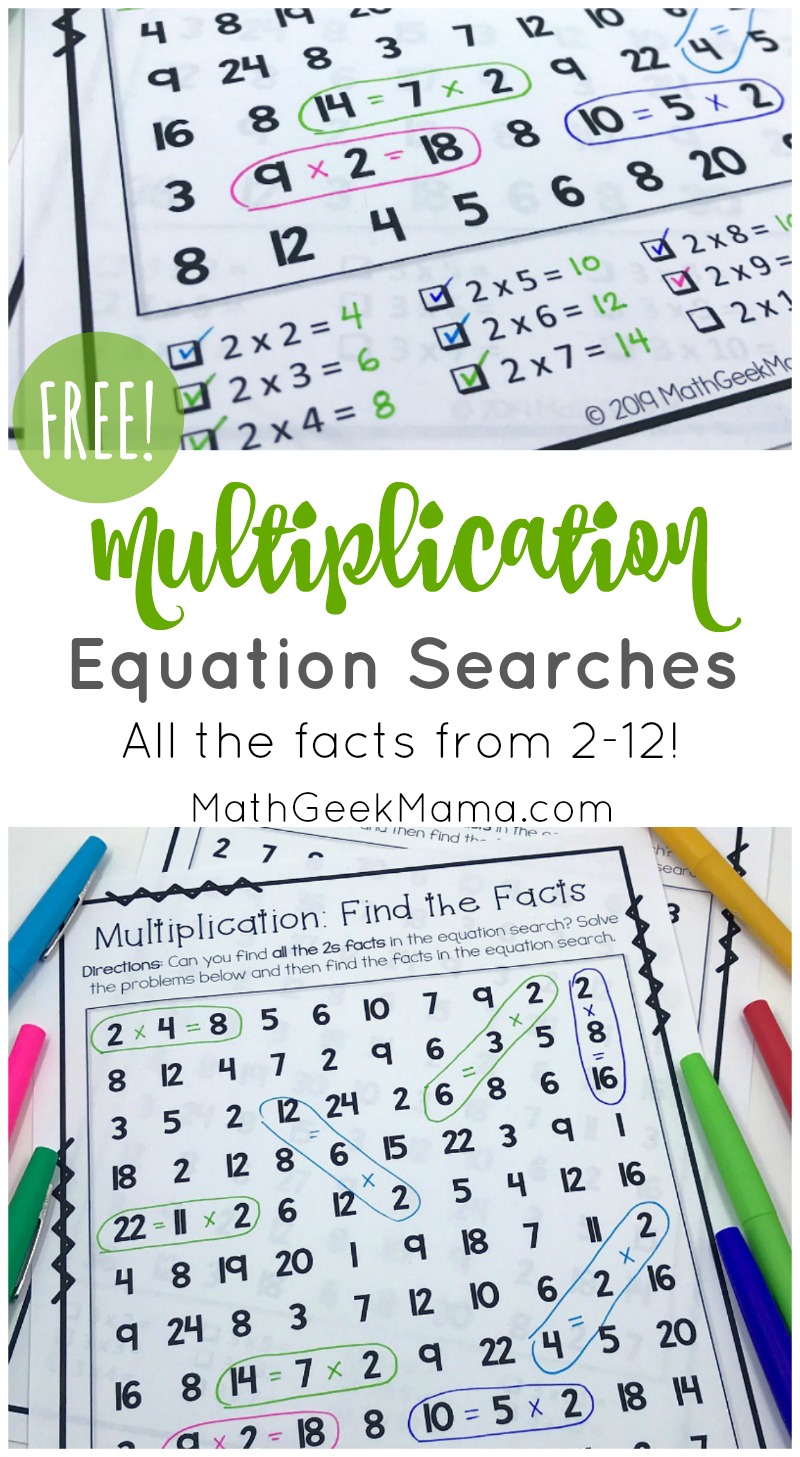
These are the things you need before you can start your own online design course. Planning your course is the first step. This involves developing a design system as well as creating a lesson plan. You may also want to consider integrating live quizzes to spice up the lessons. This will enable you to evaluate learner comprehension in real-time.
Plan your course
You should take into consideration many factors when designing your online course. You must take into consideration what type of student you are teaching and what type of learning style they have. Your course should be engaging and captivating if you want to appeal to students with a more directive learning style. There are many ways you can create engaging online classes.
Planning is essential when creating a course. Using a course planning guide can help you organize your thoughts and goals, and set a firm foundation upon which to build. These guides walk you through writing a course's learning objectives, selecting content, and aligning activities with learning objectives.
Create a design system
Design systems can be a powerful and effective way of creating a uniform look and feel for your product. These will help your product be more easily identified, reduce the number of design decisions, and increase usability. A course in design systems can help you create your own design system.

You can make your development teams more efficient by using design systems to ensure that all applications are consistent. The foundational concepts of design will be covered, including how to incorporate patterns into production environments and inventory. You'll also learn how to use design tokens, a powerful tool that helps you create consistent interfaces.
Develop a lesson plan
A well-designed course allows students to learn from different perspectives. Instructors can use lesson plans to identify learning goals and organize content. They are also useful for planning learning materials and monitoring student progress. Lesson plans should be flexible enough to accommodate a professor's teaching style. They should explain the major points of each lesson, and offer opportunities for interaction. These are some ways to create a course planning.
First, determine your target audience. Your course will be taken by what type of students? What content will they need to master? Once you have defined your audience, you can begin creating your course. A storyboard template can be used to create a lesson plan. Bloom's taxonomy can be used to create a lesson plan. This theory suggests the following steps to learning: understanding, recalling, understanding, analyzing and evaluating.
You can create a lesson plans template
Online courses can benefit from a lesson plan template. The template gives instructors guidelines and a roadmap for the activities. They make it easy to follow the course material. There are many lesson plan templates available. These templates can be adapted for different disciplines.
A good template should allow for editing and be able to include key learning goals and outcomes. The template should also be broken down and include an outline.

Make a lesson plan template
A lesson plan is a detailed outline of what a student will learn. It defines learning outcomes and objectives and should include activities that students can perform in class or at home. It should outline the topics and sections that students will be learning about. It should include descriptions for each section and objectives as well as a timeline.
When developing a lesson plan template for an online course, it is important to consider the different methods that students will use to learn. Although a video or article can be a great starting point, it is not necessary to include all possible learning styles.
FAQ
What does it entail to be a teacher in early education?
A teacher in early childhood education must have specific training. Most states require candidates for a teaching position to obtain certification from a state board before being allowed to work in public schools.
Some states require teachers who teach math or reading to pass tests.
Some states require that teachers complete a specific amount of coursework in early childhood education.
Most states have minimum requirements about what a teacher must know. These requirements can differ from one state to another.
How much time should I devote to college preparation?
The time it takes to prepare to go to college will depend on how much time you are willing to dedicate to your studies. Start taking college preparation courses as soon as you finish high school if you want to be able to go straight to college. You don't have to plan if you expect to be away for several years before going to college.
It is important to discuss your plans and ideas with your parents, teachers, and other family members. They may recommend specific courses. It's important to keep track and record the grades received in each course. You'll be able to see exactly what you need next year.
Do you have to go to college in order become an early education teacher?
It is not possible, however, to better prepare yourself for your future career in this field, it might be worth looking into college.
It's important to note that becoming a teacher isn't easy. Every year, there are many applicants who aren’t accepted to programs. Many students also quit college after only one semester.
You must still meet stringent qualifications to be a teacher.
How can I get scholarships?
Scholarships are grants awarded to help pay for college expenses. There are many types available in scholarships. These are:
-
Federal Grants
-
State Grants
-
Student Loans
-
Work Study Programs
-
Financial Aid
Federal grants are directly issued by the U.S. government. Most federal grants require applicants fulfill certain requirements. You must, for example, demonstrate financial need.
State grants are offered by individual states. Some states offer these funds based on financial need; others award money for specific reasons.
Student loans are issued by banks and other lending institutions. Students borrow money to pay tuition and other living expenses.
Work-study programs encourage employers to hire qualified student workers. Employers must pay at least the minimum wage to their employees.
Financial aid allows low-income families to afford college by paying for all or part of their tuition costs.
What is the purpose of schooling or education?
Education should be able to help students acquire the skills needed for employment. Education is not only academic. It is also a social pursuit where students learn from each others and gain confidence through engaging in activities such music, sports, and art. Education is about helping students think critically and creatively to become self-reliant and autonomous. What does it mean to have good educational standards?
High educational standards ensure that every pupil achieves their potential. They establish clear goals for teachers to work towards with their students. Educational standards should be flexible enough that schools can meet changing needs. Fair and equitable education standards must also be maintained: Every child is equal in terms of chance of success, regardless of his/her background.
Are there any skills that are required to excel in my chosen area?
You will need to be able to communicate effectively in writing if you wish to become a lawyer. Nursing requires you to communicate well. You will need to be able to use math skills to become an accountant. These are just a few of the many examples. You are probably already passionate about many things. What type of job would allow you to do these things again? An engineer is someone who can design structures and machines. Basic math is essential to be successful in this field. A basic understanding of numbers and statistics is necessary to succeed in business. Good communication skills are essential if you wish to become a teacher. You will need to be able teach and assist others.
Statistics
- They are also 25% more likely to graduate from high school and have higher math and reading scores, with fewer behavioral problems,” according to research at the University of Tennessee. (habitatbroward.org)
- They are more likely to graduate high school (25%) and finish college (116%). (habitatbroward.org)
- Think of the rhetorical power of nineteenth-century abolitionist Harriet Beecher Stowe, Martin Luther King, Jr., or Occupy Wall Street activists with their rallying cry of “we are the 99 percent.” (bostonreview.net)
- “Children of homeowners are 116% more likely to graduate from college than children of renters of the same age, race, and income. (habitatbroward.org)
- Globally, in 2008, around 89% of children aged six to twelve were enrolled in primary education, and this proportion was rising. (en.wikipedia.org)
External Links
How To
what is vocational education?
Vocational Education, which is an educational system that prepares high school students for jobs after college or high school, provides them with training in specific skills required for a job (e.g. welding). This includes apprenticeship programs and on-thejob training. Vocational education stands out from general education. This is because it focuses less on general knowledge and more on developing skills for specific occupations. The goal of vocational education is not necessary to prepare people for university study but to help them find jobs upon graduation.
Vocational education is available at all levels of education, including primary, secondary, high school, college, universities, technical institutes as well as trade schools, community colleges and junior colleges. In addition, there are many specialized schools such as culinary arts schools, nursing schools, law schools, medical schools, dental schools, veterinary medicine schools, firefighting schools, police academies, military academies, and other military schools. These schools offer both practical and academic training.
A number of countries have made significant investments in vocational education over recent decades; for example, Australia, Denmark, Finland, Germany, Ireland, Japan, Luxembourg, New Zealand, Norway, Poland, Sweden, Switzerland, the United Kingdom, and the United States. The effectiveness of vocational education is still controversial. Some critics say it does not improve students' employability. Other argue that it prepares them well for life beyond school.
The U.S. Bureau of Labor Statistics estimates that 47% of American adults possess a postsecondary certificate, or degree related to current occupation. This number is higher for those with higher education. 71% of 25-29-year-olds have a bachelor's or higher degree and are employed in areas that require postsecondary credentials.
In 2012, the BLS reported that nearly half of the nation's adult population had at least some form of postsecondary credential. Around one-third of Americans hold a two or four-year associate degree. One fifth of Americans had a masters degree or doctorate.
The median annual wage of a bachelor's degree holder was $50,900 in 2013, compared with $23,800 for someone without one. The median salary for people with advanced degrees was $81,300.
The median wage for people who did not finish high school was only $15,000. The median annual income for those with less than a high-school diploma was $13,000